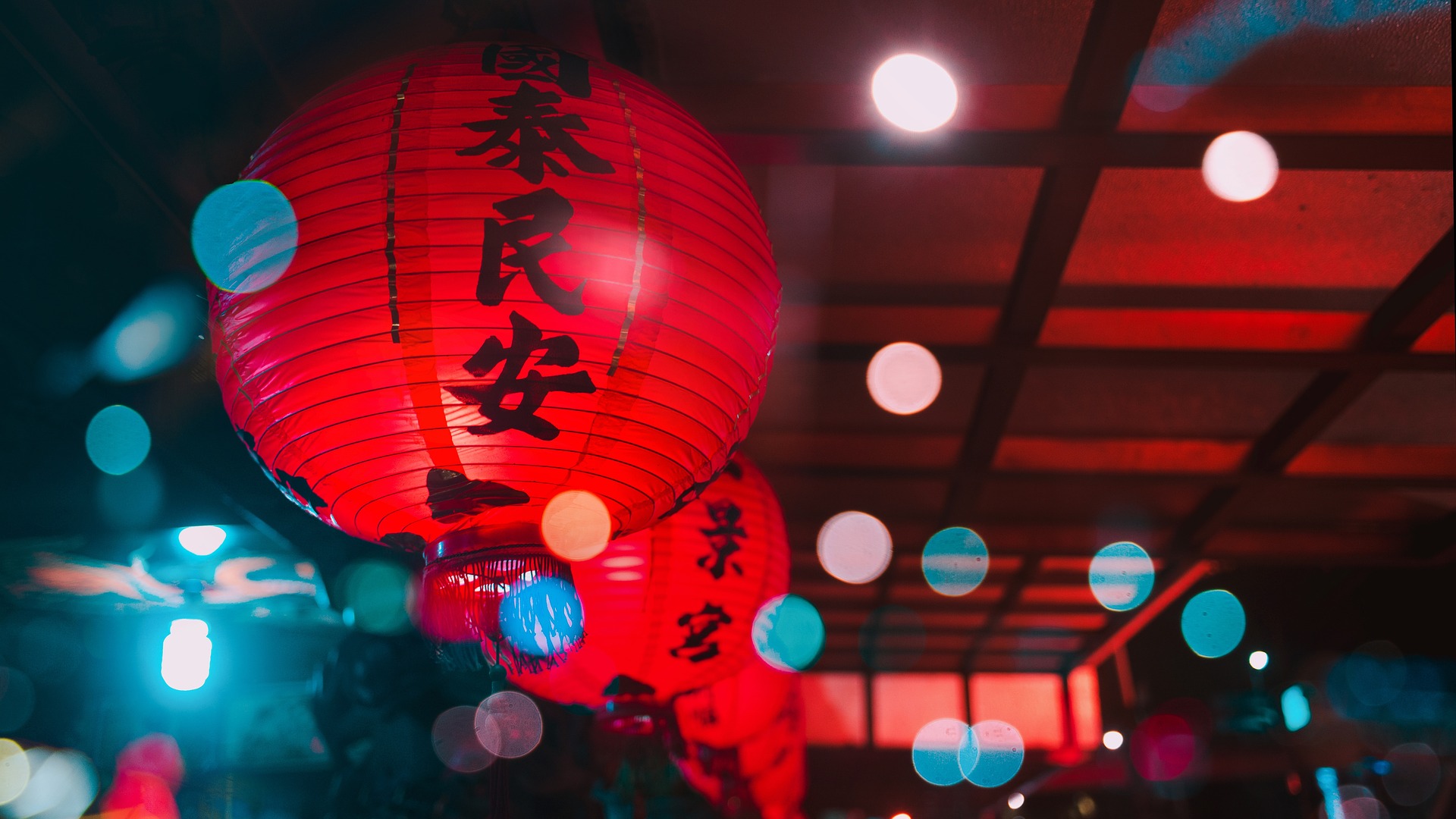Before the New Year holiday ends, the whole of China on the night of the 15th of the first moon (in February-March) celebrates another, no less cheerful and bright “lantern festival” (灯节 Deng Jie). Sometimes this holiday is also called “the first night holiday” (元宵节 Yuanxiao jie) and “the holiday in honor of the first full moon” (Shanyuan jie).
The Lantern Festival has been loved by the Chinese people since antiquity. As the name implies, the main activity on the day of the holiday is admiring the beauty of lanterns of various shapes and sizes. This custom dates back to the first century. Emperor Mindi of the Han Dynasty was a supporter of Buddhism. Learning that the monks have a tradition to meditate on the relics of the Buddha on the 15th of the first month and, as a sign of respect to the founder of the teaching, to light lanterns, the emperor ordered that lanterns be lit in his palace and temples that day in the evening as a sign of respect for Buddha. Subsequently, this ritual Buddhist holiday fell in love with the common people, gradually became a solemn folk holiday and spread throughout China.
Another favorite entertainment on this day is solving riddles on lanterns. The owner of the lantern usually hangs the riddle on the bottom of the lantern so that you can rip off the piece of paper if you know the answer. These riddles are interesting because they contain the centuries-old folk wisdom of China.
During the day, various folklore performances are held in many places: dance with lanterns in the form of a fiery dragon, dance of lions, performances on stilts. In the evening, it is customary to eat “yuanxiao” – a kind of round dumplings made from rice flour with various fillings. Yuanxiao is so called because it is eaten at night (xiao), when the moon is round for the first time in the new year (yuan). There is a belief that having tasted yuanxiao together, the whole family will live happily.
